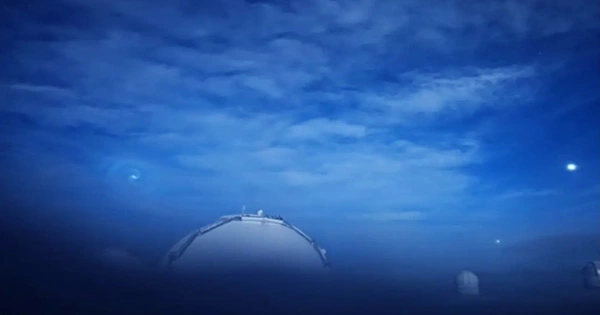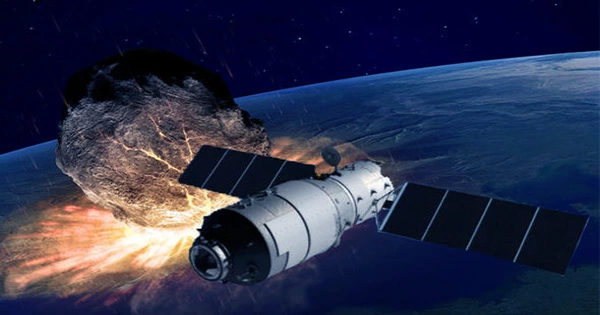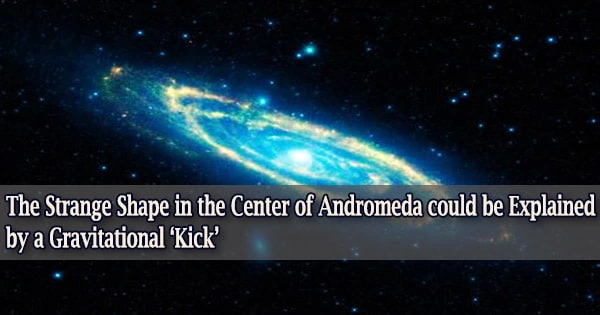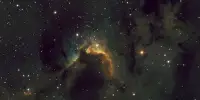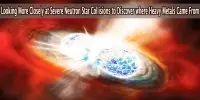A weird “flying whirlpool” zooming across the night sky was photographed by the Subaru Telescope in Hawai’i over the weekend. Anyone gazing up would have been quite interested about the reason before shrugging and moving on because it’s 2022, and no one would be astonished if aliens made contact this year. The luminous night spiral was spotted hours after SpaceX’s Falcon 9 rocket launched a classified US surveillance satellite. It’s assumed the top stage of the rocket was deorbited over the Pacific Ocean before burning up in Earth’s atmosphere, causing the luminous night spiral.
A rocket has three stages: booster, the first stage, often known as a booster, is the engine that fires initially, generating the initial thrust that propels the entire system skyward. The second, or upper stage, engine fires next, propelling the rocket’s cargo further than the booster alone can, allowing the payload to continue on its path. The third component is the cargo, which might be a satellite, a human-carrying spaceship, or pretty much anything else being launched into space. On Sunday, April 17, SpaceX launched a classified payload for the US National Reconnaissance Office (NRO) from the Vandenberg Space Force Base in California. A few hours later, the “night spiral,” as Spaceweather.com termed it, was discovered.
Now that SpaceX has mastered reusable rockets, the Falcon 9’s first stage is meant to return to Earth, landing safely on a drone ship in the Pacific, as shown in this video. In reality, this was SpaceX’s 114th successful first-stage rocket recovery. The top stage of the Falcon 9 is not reusable, thus it is deorbited – one final engine push to pull it out of Earth’s orbit – so it may fall back to Earth naturally and burn up in the atmosphere when its mission is over. There is one more fuel burn vent before it accomplishes that to get rid of any unused fuel.
According to satellite tracker Dr Marco Langbroek of SpaceWeather.com, the video captured by the Subaru-Asahi Star Camera “shows the characteristic spiral caused by the post-deorbit-burn fuel vent of the Falcon 9 upper stage, which was deorbited over the Pacific just after the end of the 1st revolution.” The “Subaru-Asahi Star Camera” is a night sky live-streaming initiative created in partnership with Japan’s Asahi-Shimbun newspaper and the Subaru Telescope operated by Japan’s National Astronomical Observatory. The 8.2-meter optical-infrared telescope is located around 4,000 meters (13,123 feet) above sea level on the dormant volcano Maunakea on the island of Hawai’i.
The “star camera” is on all the time, so if you’re looking for some peace and quiet or want to view a sunrise or sunset from anywhere else in the world, you can check out the live feed and see what’s going on in Hawai’i. Alternatively, if aliens contact humanity this year, Hawai’i is a great place to visit and see them arrive.
